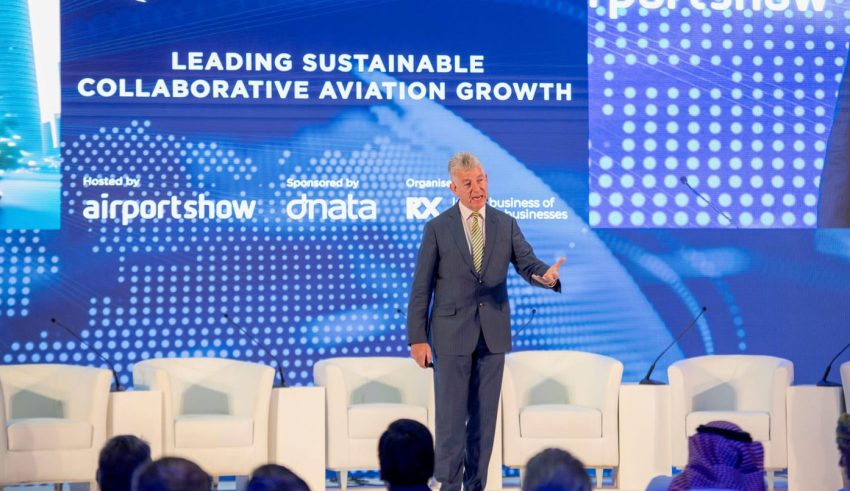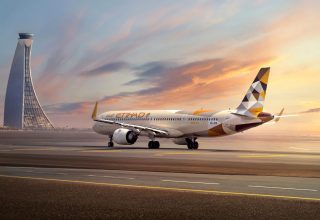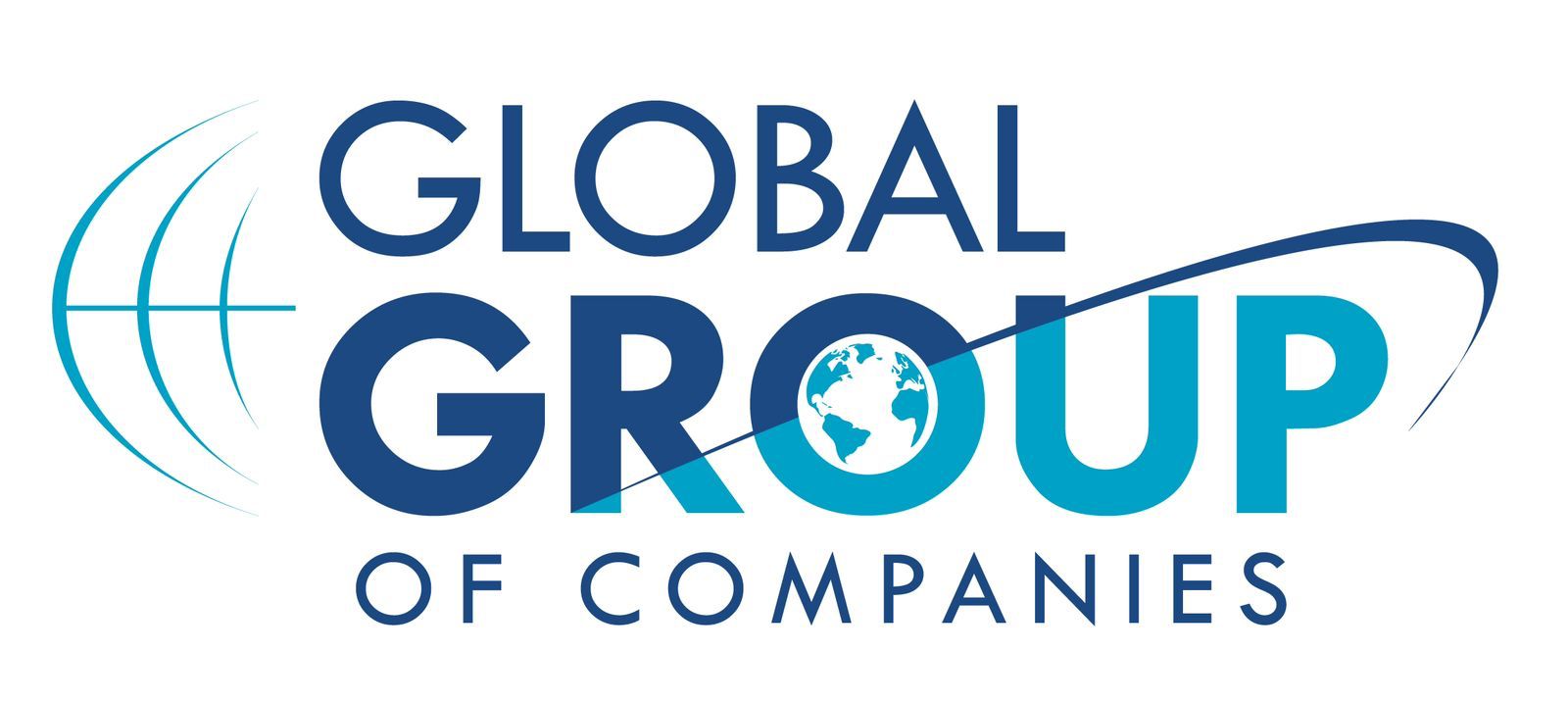
News Desk
DUBAI: “The expansion of Al Maktoum International Airport (DWC) signifies a monumental leap for Dubai’s aviation landscape, and Dubai is expected to maintain the largest airport for international traffic record for the next 100 years, said Paul Griffiths, CEO of Dubai Airports.
Delivering the keynote address at the Global Leaders’ Forum (GALF) collocated at the 23rd edition of Airport Show, Paul Griffiths, CEO of Dubai Airports, said: “The expansion of Al Maktoum International Airport (DWC) signifies a monumental leap for Dubai’s aviation landscape. With a significant investment of AED128 billion, we’re not just building another airport; we’re shaping the very future of air travel and reimagining the airport of tomorrow. This project underscores Dubai’s unwavering commitment to providing our diverse and rapidly growing number of guests, world-class infrastructure and experiences.”
“As DXB continues to thrive, DWC’s expansion will unlock new opportunities for travel, tourism, logistics, and trade globally. We’re excited to collaborate with our partners and stakeholders on this transformative and ambitious journey, ensuring that Dubai remains at the forefront of the aviation industry for years to come,” he added.
“The government has made the commitment to the future of aviation, and we absolutely know we’ve been the world’s largest airport for international traffic for the past 10 years. We expect to maintain and increase that lead for the next 100 years. So if you think you’ve come to the right place to find out what innovation in the airport space is all about. Let me reassure you, you’ve made the right choice. And I hope that your journey through DXB on departure is as pleasurable as it’s been on arrival.”
On sustainability, he said the productivity of sustainable aviation fuel cannot even keep pace with the growth of aviation. “So we’ve got to a situation where it’s less than 1% of the total demand for jet fuel across the entire industry.”
“We need some form of energy breakthrough that enables us to power our aerial vehicles in a very different way from using hydrocarbon-based fuel that’s going to require technical breakthroughs. In the US, they’re talking about industrializing nuclear fuel and if that’s the case, that might make nuclear fuel for aircraft a reality and crucially make it safe in the future.”
“Sustainability and convenience are going to be the driver of technical change in the future. I think that will cause us to rethink the way we design our airports,” he said.
About autonomous vehicles, he said: “I’m just wondering in the future if we can make autonomous vehicles in the air and on the land, more of a practical reality, whether we could move away from hydrocarbon-based transportation by air in the future. I think the UAV market with electric vehicles is very, very exciting for the future.”
Addressing the session titled “Flying forward, Navigating the Future of Aviation”, Kashif Khalid, Regional Director – Africa and Middle East Operations, Safety and Security, IATA, said: “We can’t overlook sustainability, youth empowerment, or emerging technologies like UAVs. With traffic expected to nearly double in the next two decades, the future looks promising.”
Panelist Sheikh Aiman bin Ahmed Al Hosni, CEO, Oman Airport Management Company, said the region is experiencing significant growth, especially in infrastructure investment. “Muscat airport is opening a second runway in two days, reflecting our ongoing investment commitment. Over the past five years, we’ve witnessed double-digit growth, fuelled by new terminals and runways.”
“GCC airports have made impressive strides in digital infrastructure, ensuring a seamless passenger experience. Collaboration among stakeholders is the key, enhancing efficiency and minimizing wait times. There’s healthy competition to introduce seamless eGates, with Muscat airport leading the charge. We plan to replicate this investment across our other six airports.”
Another panelist Aimen Abdulaziz AboAbah, CEO, Riyadh Airport Company, said: In Saudi Arabia, our airports are surpassing pre-pandemic figures, aligning with Vision 2030’s ambitious goals. The region and the Gulf are back to normal ahead of a lot of countries. And if you look at the statistic in Saudi Arabia, most of our airports are 60% 30% 40% above of 2019 figures, which means we’re just not back to normal, but we have started with the ambitious growth toward our vision. Investment opportunities abound, with multi-billion-dollar projects underway.”
Organized by RX, the London-based company that hosts over 400 events in 22 countries across 42 industry sectors, the Airport Show will see over 6,000 trade visitors and professionals in three days.
Being held under the patronage of His Highness Sheikh Ahmed bin Saeed Al Maktoum, President of the Dubai Civil Aviation Authority, Chairman of Dubai Airports, Chairman and Chief Executive of Emirates Airline and Group, Airport Show is being supported by the Dubai Civil Aviation Authority (DCAA), Dubai Airports, Dubai Aviation Engineering Projects (DAEP), Emirates Airline and Group, Dubai Air Navigation Services (dans) and dnata, one of the world’s largest air services providers with services across five continents.
rafiq@biztoday.news












